The Midwest has been hit with a number of severe thunderstorms over the past few weeks, making this year’s late June garden particularly challenging. On the one hand, there is a LOT of lush growth, like this volunteer Butternut squash, for instance. It conveniently grew out of a compost pile, so is slurping up nutrients and taking over this new perennial flower bed!
This garden bed is one of our grand experiments. We created several beds over the winter with the following method: lay down a thick layer of cardboard, then top the cardboard with heaping mounds of cow manure and barn bedding. It’s not exactly like the lasagna gardening method I normally use, but it was a way to make best use of the organic matter we had available. This spring, we planted into these (largely un-composted) beds. The spring potatoes have the most lush, large green leaves, and the winter squash and watermelon we planted in May are growing HUGE! I’m not certain that they will survive the inevitably onslaught of squash bugs, but even if one or two plants survive, I’ll be grateful.
Another fun garden experiment has been planting a few new crops. In the upper garden, I have a small plot of edamame. In the lower garden, we’re growing peanuts! So far, the rabbits seem to be as excited about peanuts as we are…
This trombocino squash is another fun crop I’ve added to this year’s garden. What is unique about this squash is that they can be harvested early and eaten like a summer squash, or left on the vine and harvested late like a winter squash. Plus, they are a cultivar of Cucurbita moschata, which tend to do well here in NE Missouri. I have grown them before, in Oregon, and while I’m hoping they will flourish, I have to admit, they are not my favorite tasting. But they are a great crop for kids to help grow:
Harvest-wise, the garden is beginning to come into its most productive time. Broccoli is still sending out side shoots, cabbage has been harvested and turned into sauerkraut, and the cucumbers have just begun to ripen. I’ve already made one batch of lactofermented pickles, but I’m thinking this year that I need to find the perfect canned pickle recipe. Any suggestions?
The greatest challenge of the season has been the onset of early blight on my entire tomato crop (101 plants!). I’ve diligently removed diseased leaves (after taking this photo 🙂 ), mulched the plants, and trained them up trellises, but the fact that it continues to rain every 1-2 days means that the blight has continued to spread. I have a few more organic tricks up my sleeve that I’m hoping will work, and I’ll continue to report!
Despite the rain and the fungus, walking amongst the flowers, herbs, and vegetables remains a delight, and my own form of meditation and renewal.
What’s growing in your garden right now? Share it in the comments, or use #radicalhomestead on Instagram!
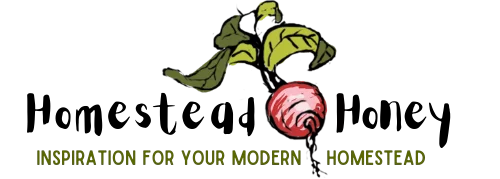
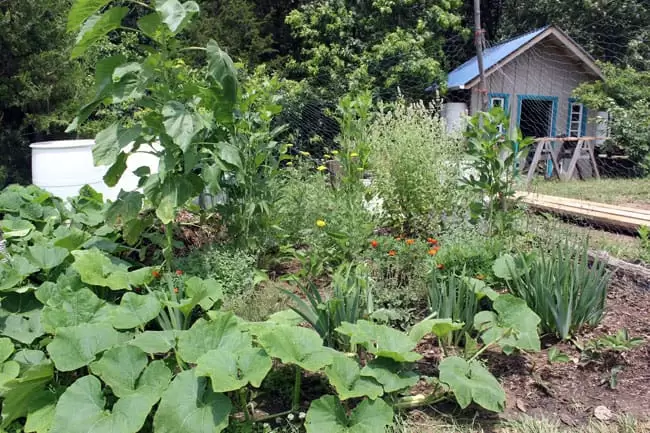
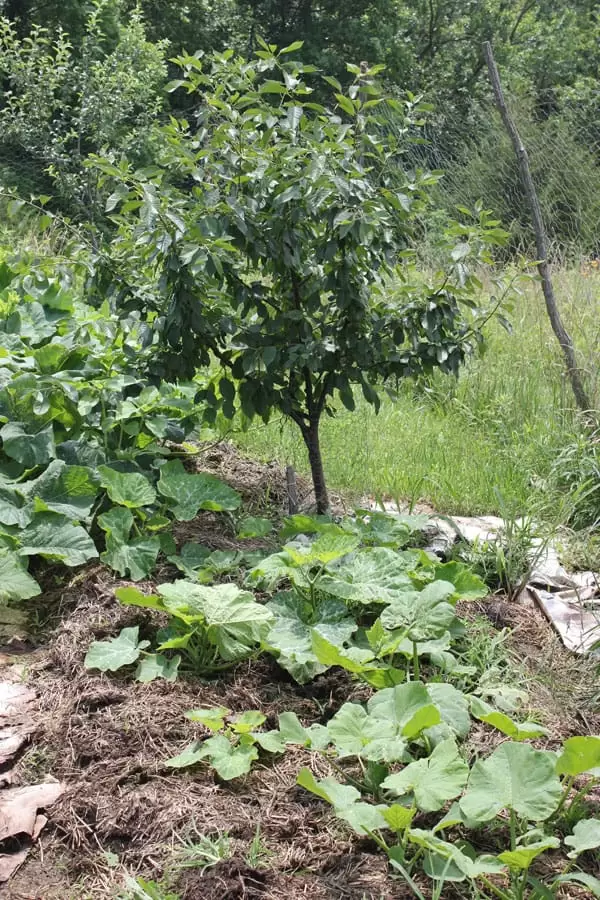
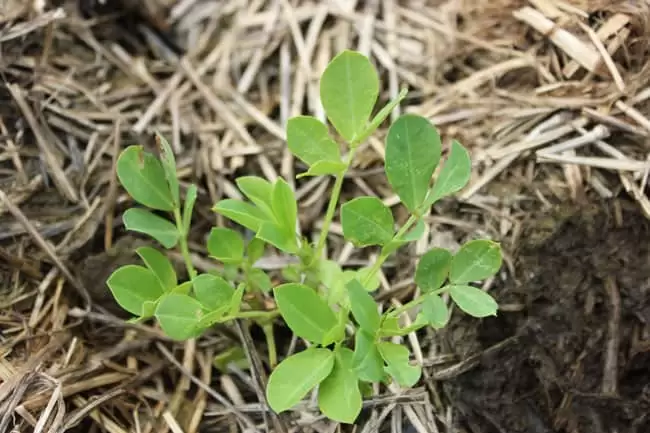
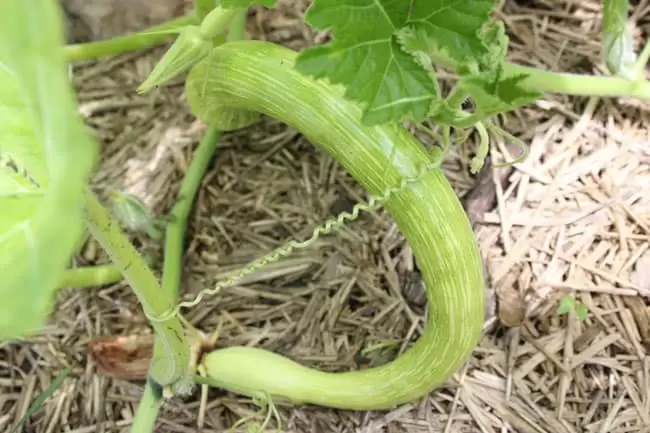
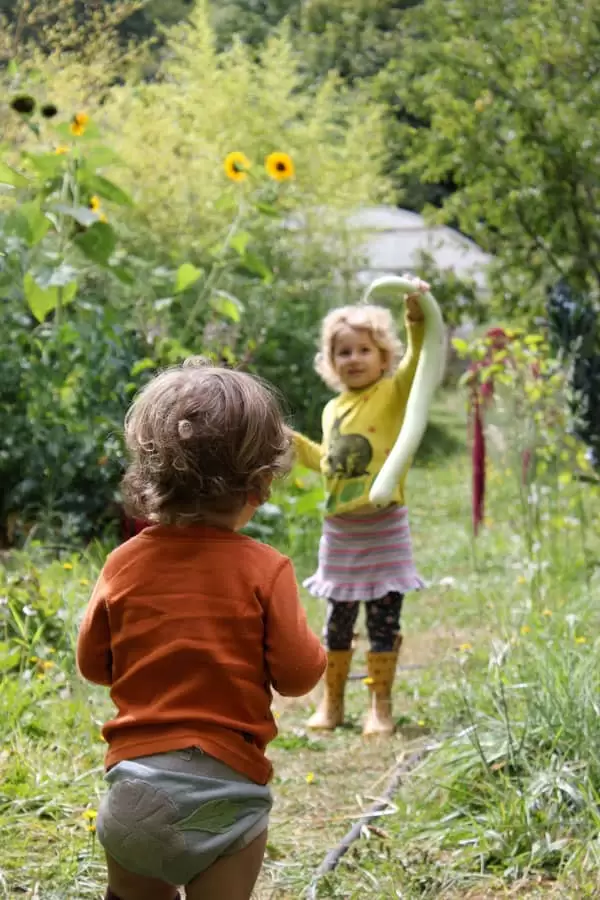
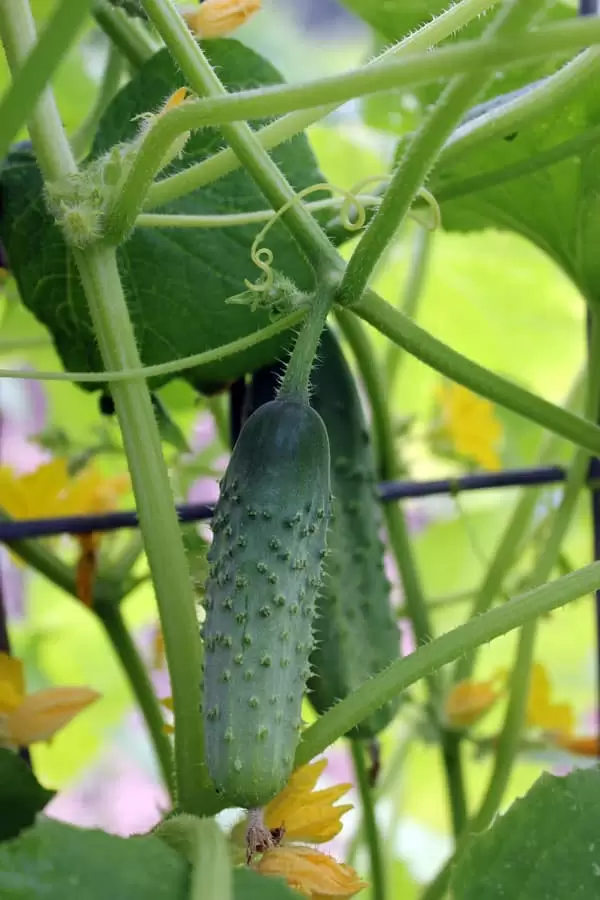
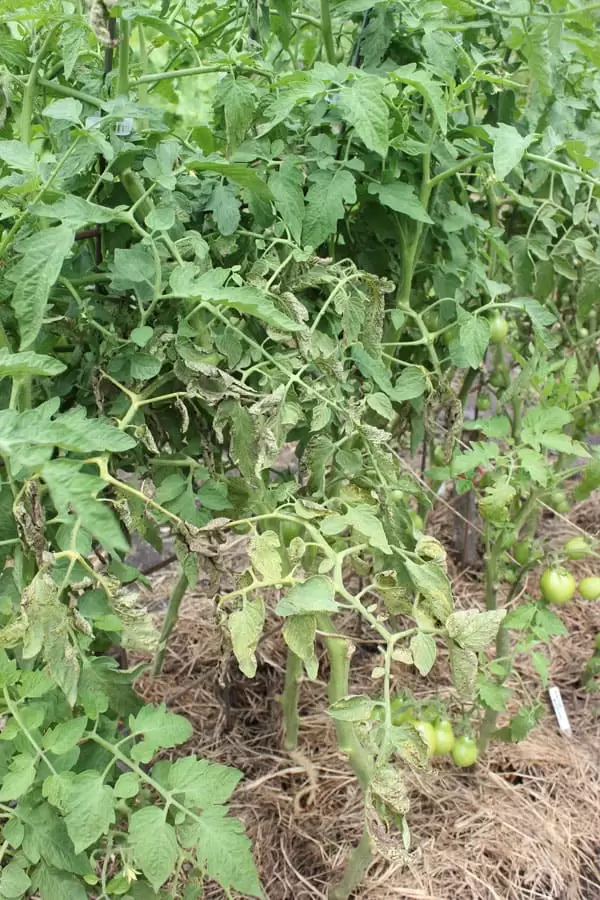
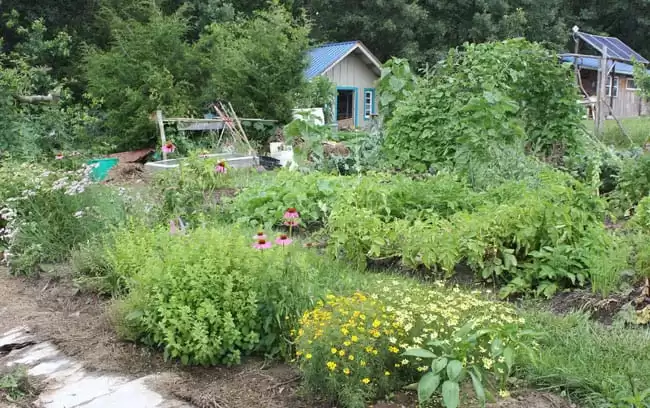
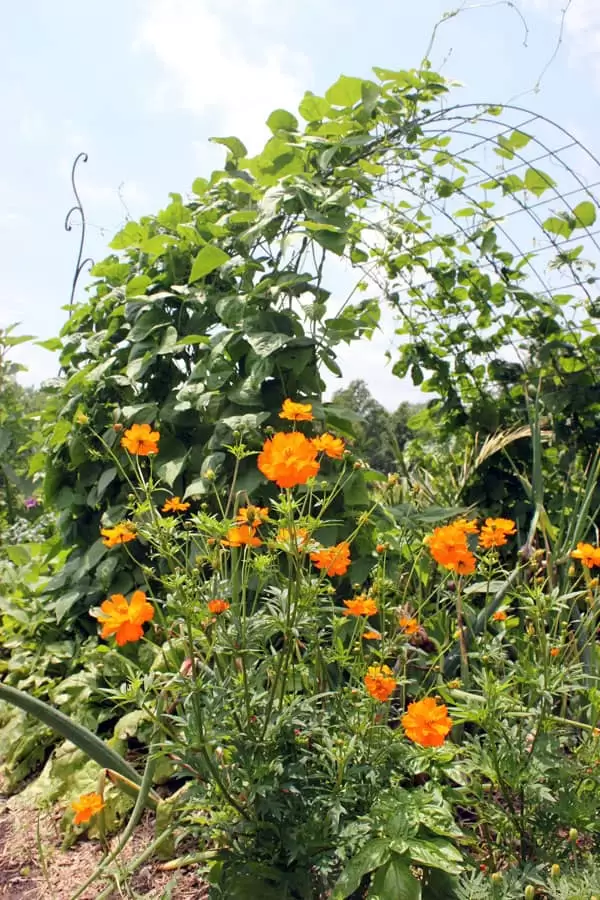
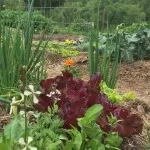
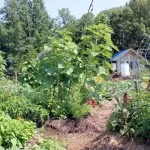
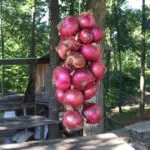


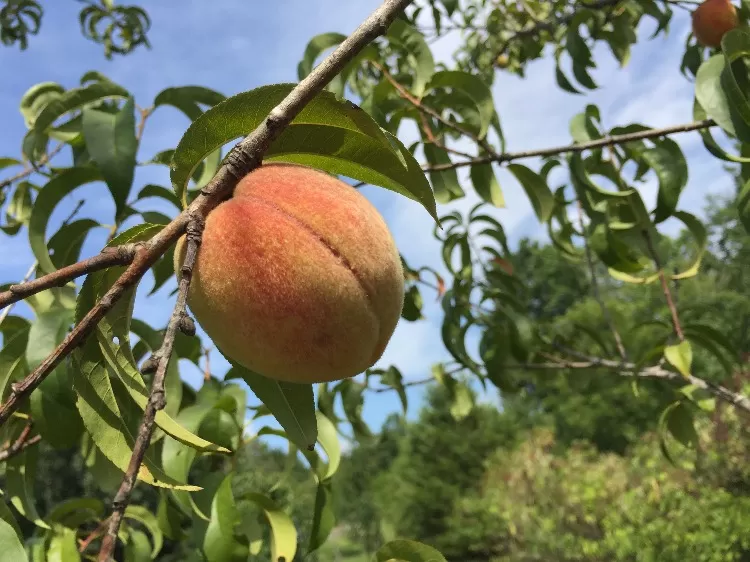


Hi, I’m originally from America but living in the Netherlands where rain (regen) is the everyday norm thus tomatoes can not be grown in the field, instead they must be put in a plastic house or if you are lucky enough, a real green house, thus I am sure I will never have enough tomatoes to can and make loads of tomato sauce, picante sauce, etc., and tomato juice like in the USA. Last year I had at least 100 pounds of tomatoes I had to throw away after having a nice start to the season and the tomatoes hanging beautifully the rain came and then I had to dispose of all after all turned black. My allotment is in a total organic allotment, and they were not pleased with me because they told me that would happen, but in all the years in the USA I had never had an issue, but I always sprayed my plants with water and hydrogen peroxide mix before I set them in the ground and I grew from seed myself not purchased plants. My question for you is any idea on how to grow alot of tomatoes within a small plastic house? The house is only maybe 8-1/2 feet tall and is open on the front with clear plastic panels on the top and sides. I’d be happy for any suggestions.
I was able to grow really nice tomatoes in a greenhouse by using a trellis. If you look at this blog post, you’ll see the design: https://homestead-honey.com/2013/08/07/in-the-garden-trellises/ It was simply a bar placed across the highest part of the greenhouse, with string dangling from it. We then tied the tomatoes to the string, and trained them up. Note, you need to use indeterminate tomatoes for this process, but it does save a lot of space. Good luck!
My garden is doing pretty well for the middle of the summer in the desert. You can see it from two weeks ago: http://kathrynpagano.com/2015/06/24/in-my-garden-48/
In the spring we got an above average amount of rain and so I got early blight for the first time in 6 years. Amazing how quick it spread. I just kept removing the infected material and saved all 27 plants. Now I am swamped with tomatoes. For the first year I get to can them! 50 pounds and counting!
Your garden looks great, KC. I love the citrus! It’s such a great feeling to be able to can your own tomatoes. I’m still not sure what the end result will be for my crop. The rain stopped for a week, and things started to improve, but then it dumped a few more times and the plants are once again looking pretty shabby! Plus I am due a blighted leaf removal! Thanks for sharing your garden abundance!
Your blight problems may be compounded by your composts and mulches. Fungus and bacteria like Fussarium thrive in moist. warm conditions and can survive all but the hottest compost piles. If you are adding the dead tomato or potato plants to your composts and not processing them to a high temp, the tea from that compost may be full of pathogens. You may also be absorbing the plant available nitrogen away from your plants with high loads of carbon rich materials like hay and cardboard. Tomatoes and potatoes do not do well with wet roots; I have lost a hundred of plants at once because of overwatering. You might try removing all mulch and compost from some of the plants, trench around their root systems to allow the soil to dry a bit and see if that revives any. I have also had good results planting 3-4 garlic around each tomato to repel soil fauna that can transport and infect plants with wilt. Good luck!
Thanks Ed. The problems started long before I did any mulching, but have been primarily because of excess rain. We’ve gotten swamped with rain, unlike your problems of drought!! It’s definitely possible that the compost from last year had some fungus… This year I’m tossing ALL tomato and potato waste elsewhere – not composting!
I just love your blog posts and your beautiful homestead. Your gardens look so lush and full. We have a teeny little garden just to feel things out and see what we can learn this year. Ground squirrels were in the disclosures when we bought our home! So far they are tunneling everywhere but the garden, but the former owner watched and entire tomato plant get sucked into the ground a few years back, so we’re keeping an eye out for signs of them.
:o))
wow – that would be so shocking to see an entire plant disappear! Is there any way to manage ground squirrels? good luck with your garden!
I’ve had some success in warding off tomato blight with diligent spraying. I mix Actinovate (a streptomyces bacteria that fights fungus) with a mix of 1 T molasses, 1 T cider vinegar, 1 T neem oil, 1 T kelp, 1 T Murphy’s pine soap to 1 gallon water. I spray weekly or after a rain diligently and it seems to hold things off pretty well. Last year, I had no fungus problems until I stopped – silly me – right around tomato harvest time. A gardener who specializes in tomatoes near me swears by applying Actinovate regularly.
It’s funny that you sent this recipe, because I was just mixing up my first attempt at a spray. Here’s what I came up with: 1 gallon of water with 1 T neem oil and 2 cups of Compost Tea and 1 T dish soap. But after reading your comment, I went ahead and threw in some cider vinegar and kelp! I just picked off all of the diseased leaves, and am waiting for the sun to go down before I spray. Thanks for sharing your success!
Your garden is lovely!!!
I’ve started harvesting our sand plums. They are late ripening this year, due to all the rain we rec’d in Oklahoma over the past two months. My cousin and I will be making jelly from those.
I went on a wildcrafting walk Saturday and found the blackberries and mulberries are ripening. I work full-time so I’ve not put in a garden this year, it’s been too busy.
I hope you can save your tomatoes!!
Thank you! I hope I can save them too. Sand plums, mulberries and blackberries sound delightful! I’m always amazed at how much you can wild forage, and not even have to plant a garden!
It looks lovely!!! Ours is full of weeds and squash bugs galore, but here’s a tiny peak of what going on at Double N Urban Farm http://doublenurbanhomestead.com/2015/06/24/bits-pieces-3/
Beautiful, Nicole! I always love your Instagram feed full of food and flowers!
All that on half an acre! Truly amazing, Nicole.
We came back from a 10 day vacation (that has never happened before!) and our chickens had grown so much and I had a large harvest of jalapenos and huge cucumbers that my house-sitter had harvested! Now I have to preserve the jalapenos until my tomatoes are ready for salsa making. I’m going to look at your recipes for lacto-fermented pickles too. Yipee! Such a fun time of year!
It IS a fun time of year! Throw a few jalapenos in when you make pickles and see how it tastes!!
I’m a huge fan of vacations, when you can manage them. We “should” travel during the winter months, but summer seems to always be when the opportunities arise. We need to find a housesitter for a 2.5 week trip (weddings, reunions) this summer. Hopefully things go well!
That’s a great idea! I will try it!
I saw a FB post for someone requesting a farm sitter in my local area. Such a neat idea to help each other out! Win-win if you get to consume the eggs you collect, goats milk and learn new strategies from neighbors while house sitting.
Here’s to planning some great winter vacations in our future too! 🙂